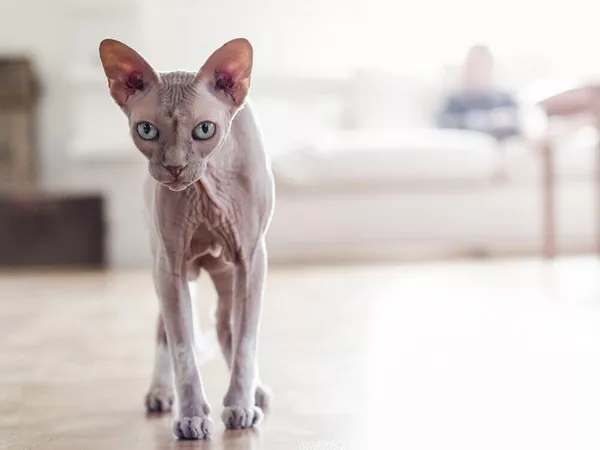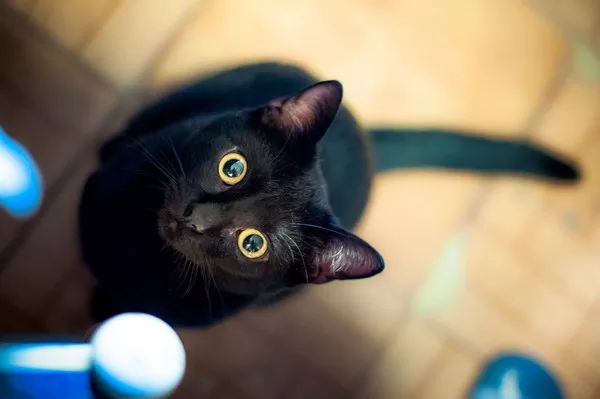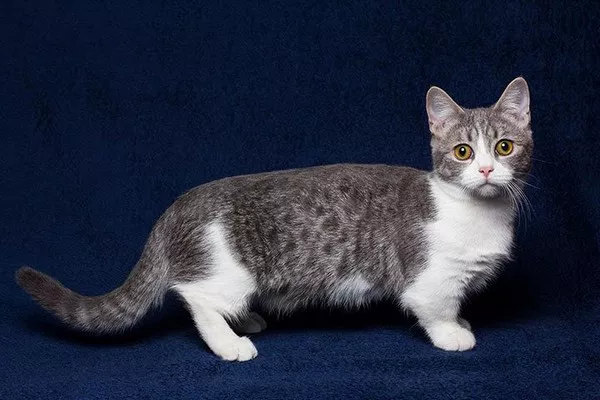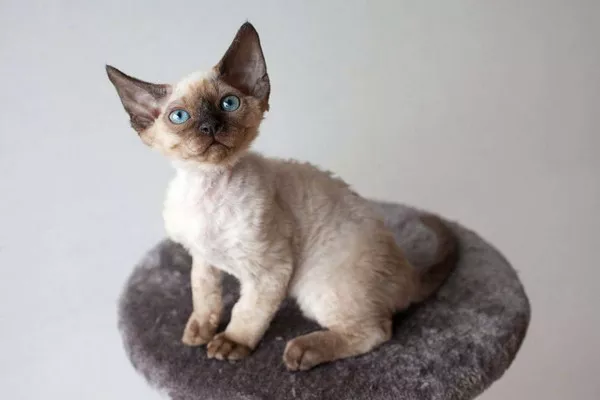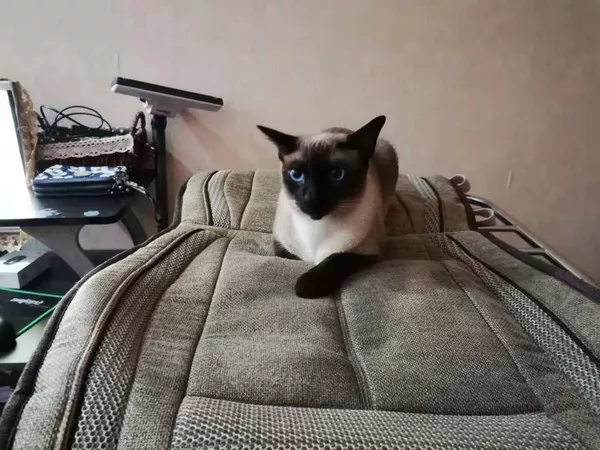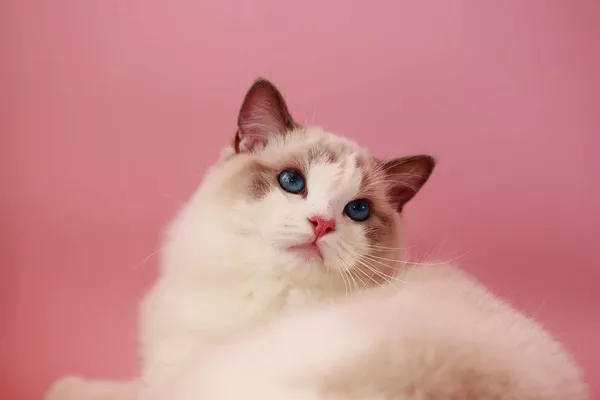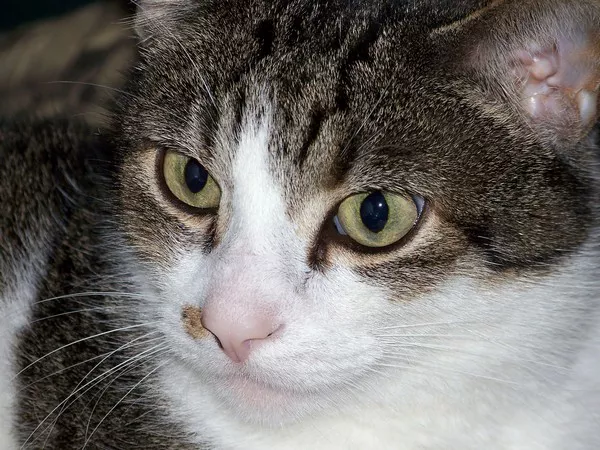The feline kingdom is a fascinating realm of diverse breeds, each with its unique characteristics and quirks. Among these, the Sphynx cat stands out for its distinctive hairless appearance and affectionate nature. As cat enthusiasts delve into the world of feline companionship, questions may arise about the possibility of Sphynx cats mating with their furry counterparts – the normal cats. In this comprehensive guide, we unravel the intricacies of feline reproduction, exploring the potential for crossbreeding between Sphynx cats and normal cats.
Understanding the Sphynx Cat Phenomenon
Before delving into the world of feline romance, let’s take a moment to understand the unique attributes of Sphynx cats. These captivating creatures are known for their:
1. Hairless Appearance:
Sphynx cats are recognized for their lack of a traditional fur coat.
Their skin, often described as soft and warm to the touch, is covered in a fine layer of downy hair.
2. Affectionate Temperament:
Despite their lack of fur, Sphynx cats are renowned for their love of warmth and human interaction.
They seek out companionship and often enjoy cuddling to maintain body heat.
3. High Energy Levels:
Sphynx cats are known for their playful and energetic nature.
Engaging in interactive play sessions helps them expend their abundant energy.
The Biology of Feline Reproduction
To grasp the possibilities of Sphynx cats mating with normal cats, a foundational understanding of feline reproduction is essential. Female cats, known as queens, undergo estrous cycles characterized by periods of fertility. During these cycles, queens exhibit behaviors indicating their readiness to mate, such as increased vocalization and a receptive stance.
Male cats, or toms, are typically more responsive to the scent and behaviors of a female in heat. When a successful mating occurs, the female’s reproductive system initiates ovulation, leading to the potential for fertilization.
Potential Challenges in Sphynx Cat Mating
While the desire to witness the outcome of a Sphynx cat mating with a normal cat might spark curiosity, several challenges and considerations arise in the process:
1. Genetic Diversity:
Crossbreeding introduces the question of genetic compatibility.
Sphynx cats have a distinct genetic makeup, and successful mating may depend on the genetic compatibility of the individuals involved.
2. Physical Differences:
The Sphynx cat’s hairless trait is a result of a specific genetic mutation.
Physical differences between Sphynx cats and normal cats may pose challenges in successful mating and the viability of offspring.
3. Breeding Ethics:
Responsible breeding practices prioritize the health and well-being of the animals.
Ethical considerations arise when contemplating crossbreeding, necessitating thorough research and consultation with veterinary professionals.
Potential Outcomes of Sphynx Cat Mating with Normal Cats
In the realm of feline genetics, the potential outcomes of crossbreeding between Sphynx cats and normal cats are intriguing. Consider the following possibilities:
1. Hybrid Traits:
Offspring may exhibit a combination of traits from both parent breeds.
The coat type, temperament, and physical characteristics could vary in fascinating ways.
2. Genetic Variability:
Crossbreeding contributes to increased genetic diversity.
This can be beneficial in avoiding potential health issues associated with inbreeding.
3. Unpredictability:
The complex nature of genetics introduces an element of unpredictability.
The appearance and traits of the offspring may not follow a straightforward pattern.
Responsible Breeding Practices
For those contemplating or involved in breeding Sphynx cats with normal cats, adhering to responsible breeding practices is paramount:
1. Genetic Screening:
Conduct thorough genetic screening to assess compatibility and identify potential health concerns.
Understanding the genetic background of both parent breeds is crucial.
2. Veterinary Consultation:
Seek guidance from veterinary professionals experienced in feline genetics.
Veterinary consultations can provide valuable insights into the potential challenges and outcomes of crossbreeding.
3. Ethical Considerations:
Prioritize the well-being of the animals involved.
Responsible breeding practices align with ethical considerations and the welfare of the feline companions.
Conclusion
In the enchanting world of feline companionship, the idea of Sphynx cats mating with normal cats adds a layer of complexity and curiosity. While the potential outcomes are fascinating, responsible breeding practices, genetic screening, and ethical considerations must guide such endeavors.
As we navigate the intricate pathways of feline reproduction, let’s embrace the diversity within the feline kingdom. Whether adorned with fur or showcasing the unique allure of a hairless coat, each cat brings its own charm to the tapestry of feline companionship. The journey of exploring feline love and the potential for crossbreeding unfolds with careful consideration, respect for the animals involved, and a commitment to nurturing the well-being of our beloved feline friends.

